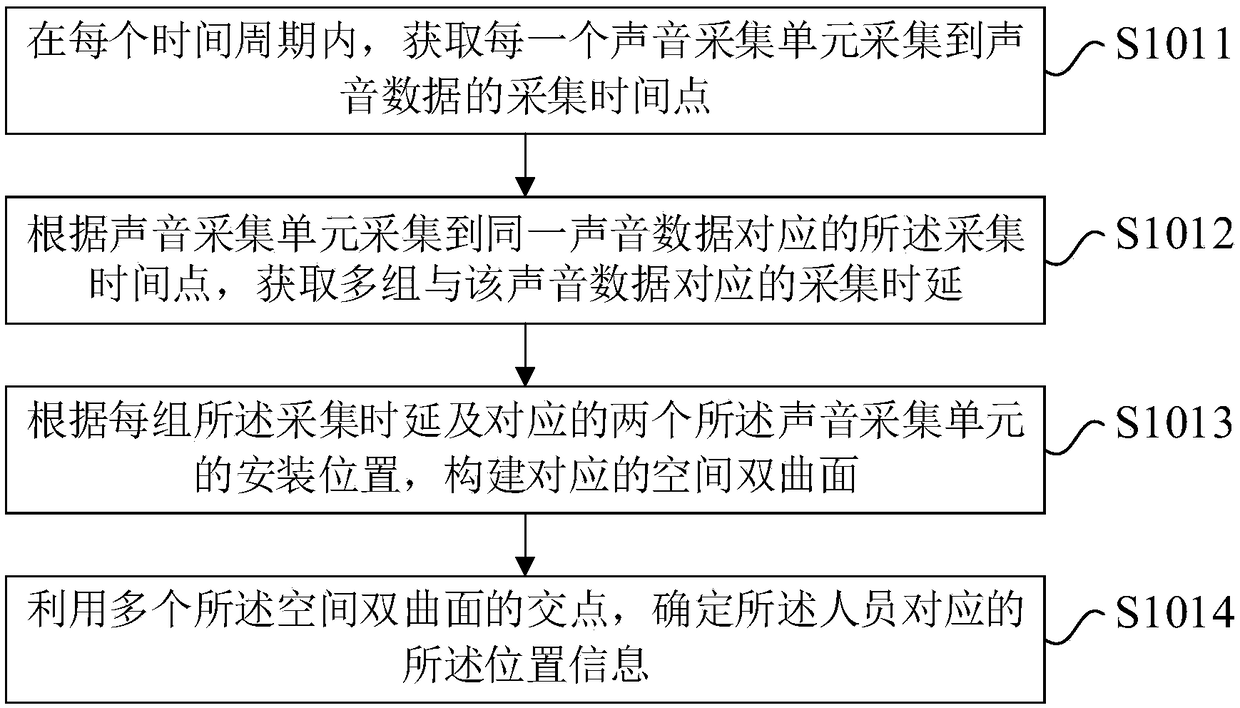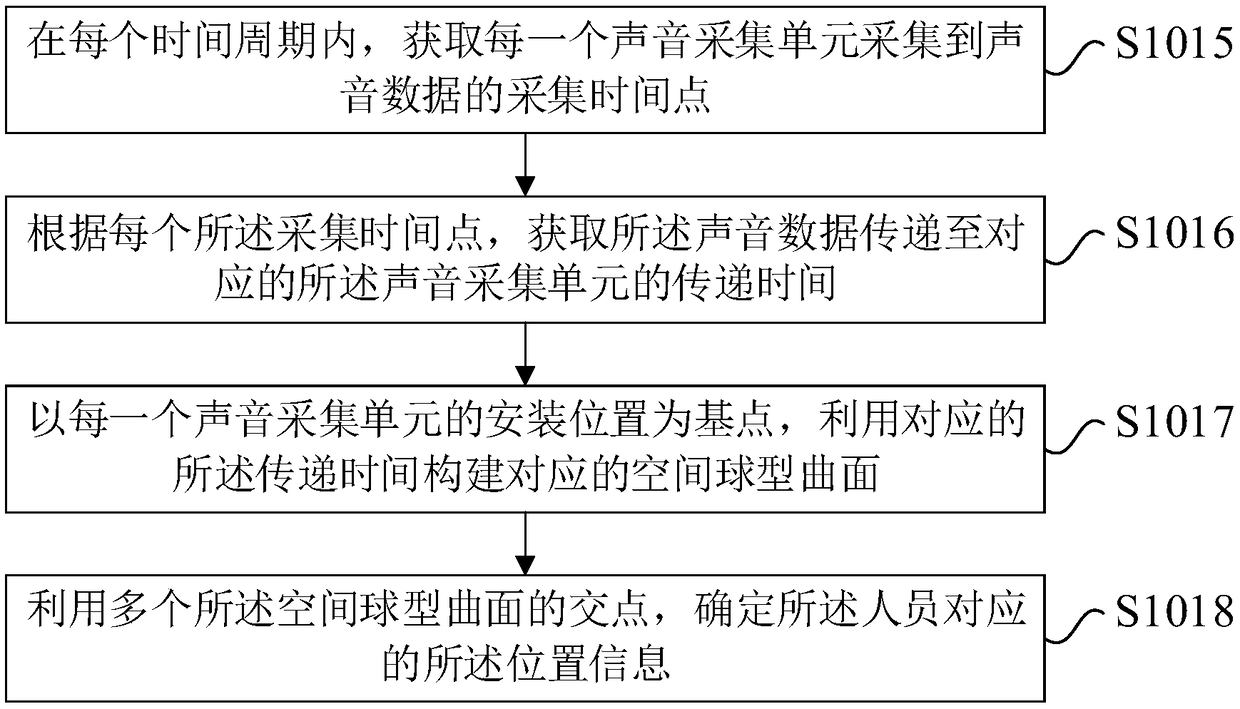Air conditioner display screen brightness control method and air conditioner
A brightness control and display technology, applied in the direction of machinery and equipment, can solve problems such as misjudgment, customer distress, unreliable, etc., to avoid discomfort, improve intelligence, and reduce the possible effects of misjudgment
- Summary
- Abstract
- Description
- Claims
- Application Information
AI Technical Summary
Problems solved by technology
Method used
Image
Examples
no. 1 example
[0032] Please refer to figure 1 , an embodiment of the present invention provides a flow chart of a method for controlling the brightness of an air conditioner display screen. The above method for controlling the brightness of the display screen of the air conditioner is applied to the air conditioner 1 . Optionally, the above-mentioned method for controlling the brightness of the display screen of an air conditioner may include the following steps:
[0033] In step S101 , the location information of persons in the adjustment area corresponding to the air conditioner 1 is acquired according to a preset time period.
[0034] As an implementation manner, when the air conditioner 1 detects that a person appears in the corresponding adjustment area, it starts to execute step S101. As another implementation manner, when the air conditioner 1 obtains an instruction to start the automatic control of the brightness of the display screen in response to a user operation, step S101 is ...
no. 2 example
[0073] Please refer to Figure 4 , is a schematic diagram of an air conditioner 1 provided by a preferred embodiment of the present invention. The air conditioner 1 described above includes a plurality of sound collection units. The above-mentioned sound collection unit is arranged on the panel of the air conditioner 1 . Optionally, the air conditioner 1 includes: an acquisition module 2 , a judgment module 3 and an adjustment module 4 .
[0074] The acquisition module 2 is configured to acquire the position information of the personnel in the adjustment area corresponding to the air conditioner 1 according to a preset time period.
[0075]In the embodiment of the present invention, in each time period, the air conditioner 1 uses each sound collection unit to collect the sound data from the people in the adjustment area. It should be noted that each sound data corresponds to one decibel information. Each sound data collected by each sound collection unit corresponds to a c...
PUM
 Login to View More
Login to View More Abstract
Description
Claims
Application Information
 Login to View More
Login to View More - R&D
- Intellectual Property
- Life Sciences
- Materials
- Tech Scout
- Unparalleled Data Quality
- Higher Quality Content
- 60% Fewer Hallucinations
Browse by: Latest US Patents, China's latest patents, Technical Efficacy Thesaurus, Application Domain, Technology Topic, Popular Technical Reports.
© 2025 PatSnap. All rights reserved.Legal|Privacy policy|Modern Slavery Act Transparency Statement|Sitemap|About US| Contact US: help@patsnap.com



